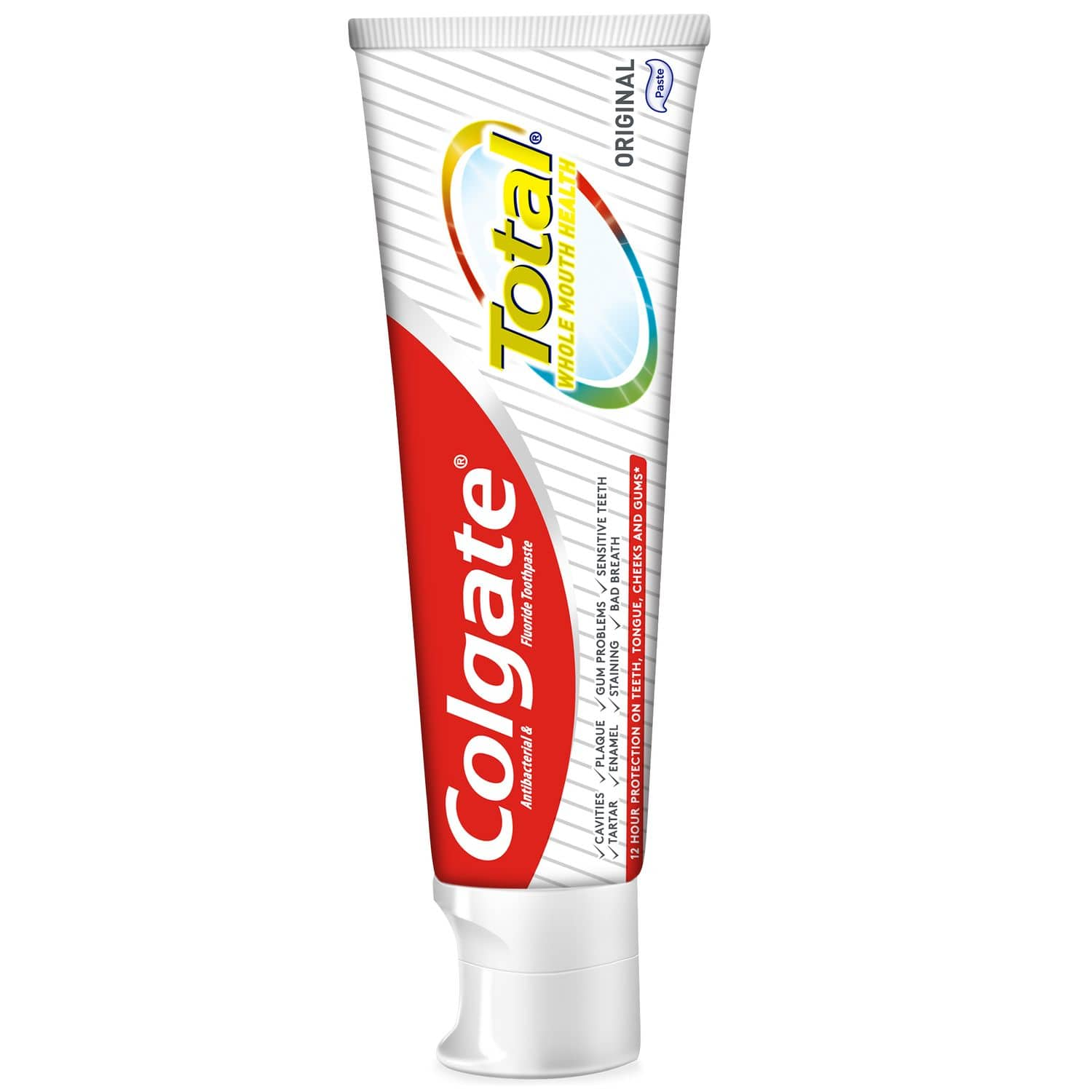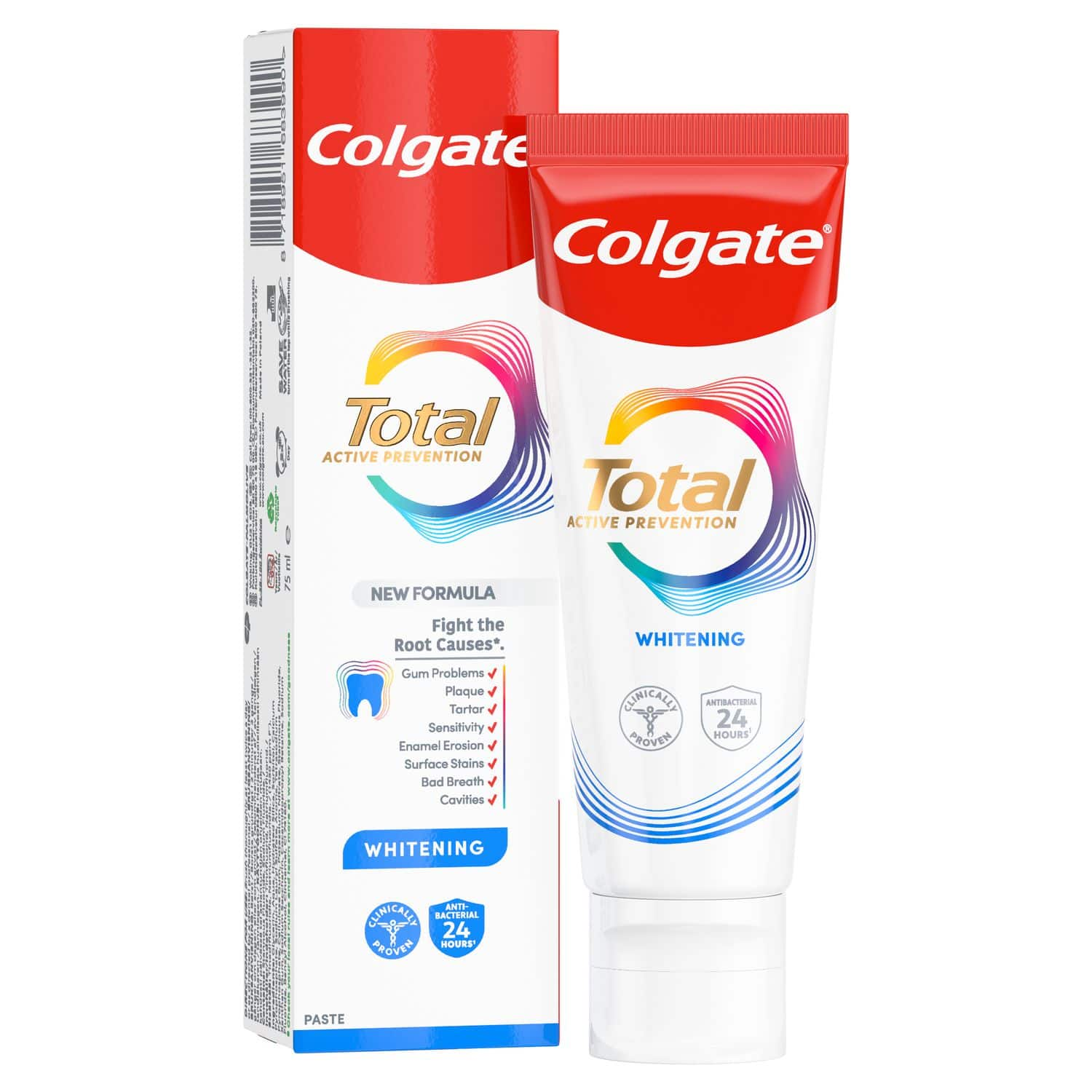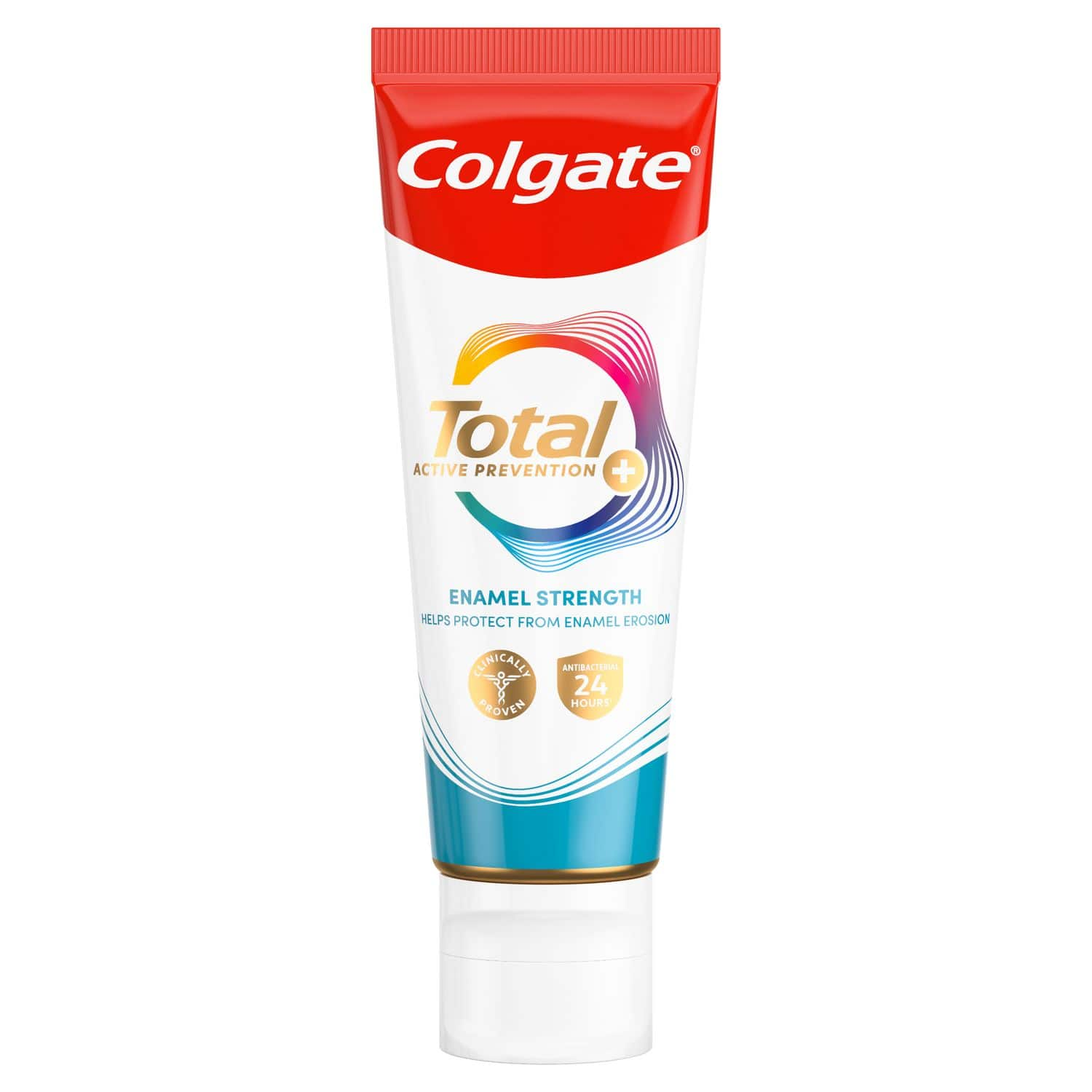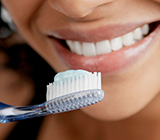Your dentist can help you determine how your teeth will respond and the best tooth whitening options for you. However, they’re unlikely to recommend at-home whitening with over-the-counter kits as these products can carry risks. If you have dental work such as veneers, crowns or implants, certain tooth whitening options, both products and procedures, may not be available to you as they do not work on porcelain or bonding materials. But if your natural teeth are stained for whatever reason, there are some options available to you.
What teeth whitening treatments are available?
Tooth whitening is a cosmetic procedure designed to brighten your teeth by several shades. You can get a professional tooth whitening treatment at the dentist, get dentist-approved products to use at home or buy over-the-counter products online, at your local pharmacy or supermarket.
Tooth whitening treatments or products given to you by your dentist will give much better results than products you can buy in shops. This is because they contain a higher concentration of active ingredients like hydrogen peroxide that can remove stains deeper inside your tooth enamel. Store bought products can also achieve results, but most can only remove light surface stains on your teeth caused by foods and drinks.
Overusing tooth whitening products can cause problems like sensitive teeth or burned gums, so you should always follow the teeth whitening guide included in the products you use.
What teeth whitening treatments are available?
- Have your teeth cleaned by a dental professional to remove external staining caused by food, drinks or smoking.
- You can use a whitening toothpaste or mouthwash that can help remove surface stains between dental visits.
- Natural tooth whitening methods like oil pulling can help to remove light surface stains.
- To go a step beyond basic cleaning, you can use a tooth whitening gel or whitening strips, if recommended by your dentist.
- You can choose to bleach your teeth. While mild products are available over-the-counter, your dentist can provide a bleaching gel to work on more stubborn stains or yellowing.
- Dentists can also create a custom mouthguard for at-home bleaching. Whatever tooth whitening option you both decide on, use as instructed to achieve the best results.
- If you have more permanently stained or damaged teeth, your dentist may recommend veneers or bonding to fix irregular or damaged teeth or to achieve specific results.
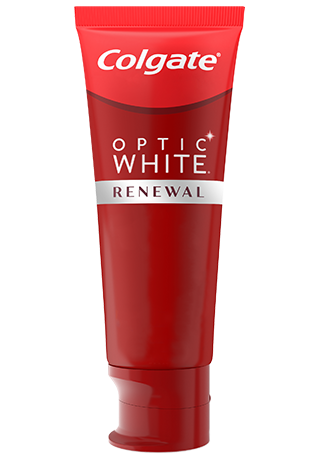

Renewal Toothpaste
Get glowing with Optic White® Renewal®
What tooth whitening treatment should I use?
First and foremost, it is important to have a conversation with your dentist before trying any over-the-counter products on your teeth. Various tooth whitening options work better for specific causes of stains.
- If your teeth are yellow, they may respond best to bleaching, while brown or grey teeth may not. If your teeth are striped or mottled from using too much fluoride, they may not react or whiten evenly even when bleached. Bleaching isn’t recommended if you have tooth-coloured fillings, crowns, caps or bonding on your front teeth — bleaching the materials used to make these products is not recommended as the colour of the restorative material will not change. If you have some natural teeth and some veneers or crowns, tooth whitening treatments can lead to an uneven look and the unchanged colour of your dental work may stand out in your newly whitened smile.
- If you have periodontal disease or very sensitive teeth, you may want to avoid chemical whitening products and techniques, as they can make teeth more sensitive and may irritate tender gums if they’re not protected.
- If you have staining from medication that you’ve taken, or other causes and want to have a whiter, brighter smile, there are various options like porcelain veneers, which you can have placed over your natural teeth.
We know that a bright white smile is your goal, so the first thing to consider is proper dental hygiene. This includes brushing with a tooth whitening toothpaste in the morning and before bed and flossing once a day. If these things aren’t giving you the confident smile you’re looking for, talk to your dentist and start working on a plan to bring out your best smile.
ORAL HEALTH QUIZ
What's behind your smile?
Take our Oral Health assessment to get the most from your oral care routine
ORAL HEALTH QUIZ
What's behind your smile?
Take our Oral Health assessment to get the most from your oral care routine
